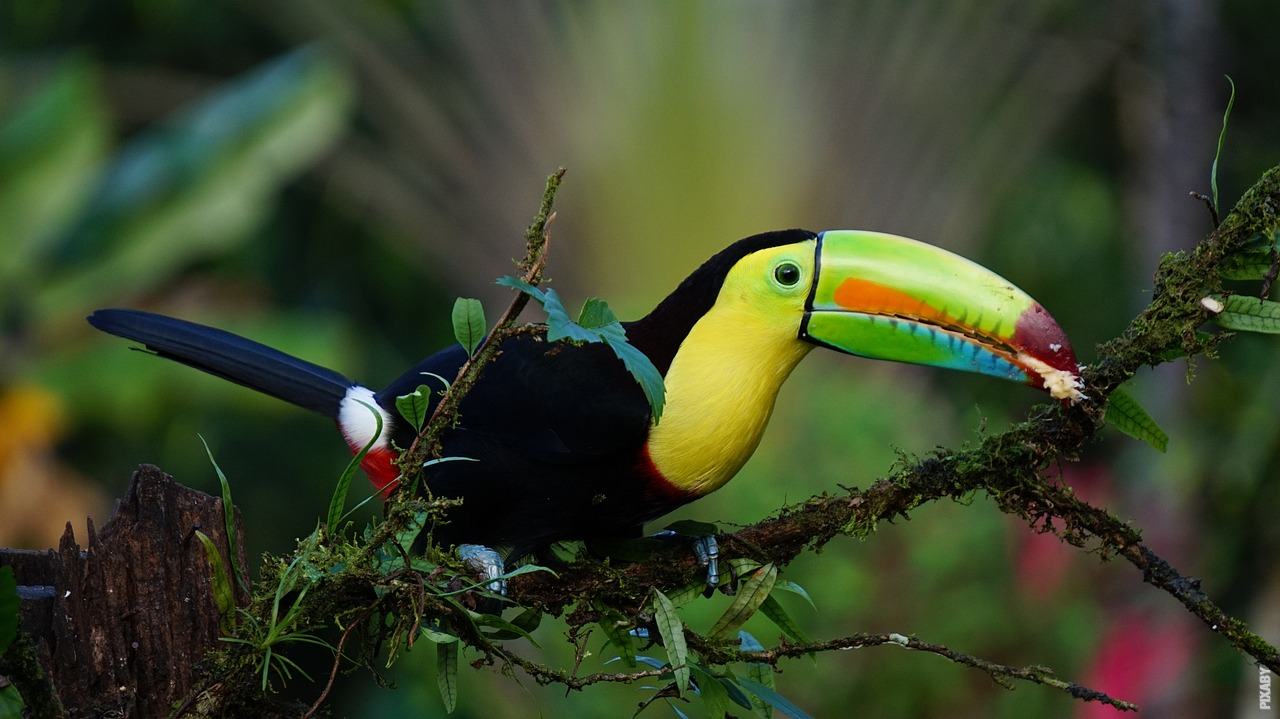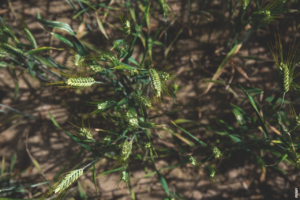Discovering the Enigmatic Toucans
Imagine venturing deep into the lush rainforests of Central and South America, surrounded by a symphony of chirping birds and vibrant foliage. Suddenly, a flash of color catches your eye—a magnificent creature with a large, colorful beak perched on a branch. You have just encountered a toucan, a fascinating species that captivates both scientists and nature enthusiasts alike.
The Spectacular Beak of the Toucan
One cannot discuss toucans without mentioning their most distinctive feature—their beak. The toucan’s beak is a marvel of nature, both in terms of appearance and functionality. Contrary to popular belief, the beak is not heavy; it is made of a lightweight material called keratin, the same substance found in our hair and nails. The impressive size of the beak, which can be up to one-third of the bird’s overall length, serves several purposes, including regulating body temperature and attracting mates.
A Colorful Feathery Ensemble
In addition to their remarkable beak, toucans boast a vibrant plumage that is a feast for the eyes. Their feathers come in a myriad of colors, from fiery reds and sunny yellows to deep blues and intense blacks. This dazzling display of colors serves two primary functions: camouflage and communication. Toucans use their colorful plumage to blend seamlessly into the dense foliage of the rainforest, making it easier to evade predators. Furthermore, these eye-catching colors play a vital role in attracting potential mates during courtship rituals.
Life in the Canopy
Toucans are arboreal creatures, meaning they spend the majority of their lives in the treetops. Their strong, agile legs and sharp claws allow them to navigate effortlessly through the branches, while their large beaks assist in reaching and consuming their preferred diet of fruits. Toucans are not only avid fruit eaters but also play a crucial role in seed dispersal. By consuming fruits from various trees, they aid in the distribution of seeds throughout the rainforest, contributing to its biodiversity and overall health.
The Elusive Nature of Toucans
Despite their vibrant appearance, toucans can be elusive, making them a challenge to study and observe. Their natural habitat deep within the rainforest makes access difficult, and their keen sense of hearing and sight allows them to detect potential threats from afar. Scientists and researchers often rely on advanced technology, such as camera traps and drones, to catch glimpses of these enigmatic birds in their natural environment.
Post
Post
The Importance of Conservation
Toucans are not only captivating creatures but also serve as indicators of the overall health of the rainforest ecosystem. Their presence signifies a thriving habitat with abundant food sources and a balanced ecosystem. Unfortunately, due to deforestation and illegal wildlife trade, the populations of many toucan species are at risk. Conservation efforts are crucial in preserving these magnificent birds and the delicate rainforest ecosystems they call home.
In conclusion, toucans are fascinating creatures with their striking beaks, colorful plumage, and elusive nature. As guardians of the rainforest canopy, they contribute to the vibrant biodiversity of these ecosystems. However, their survival is threatened, emphasizing the importance of conservation to ensure future generations can marvel at these extraordinary birds in their natural habitat.



